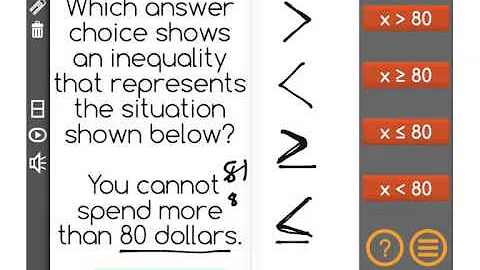Write an inequality of the form x > c or x < c to represent a constraint or condition in a real-world or mathematical problem. Recognize that inequalities of the form x > c or x < c have infinitely many solutions; represent solutions of such inequalities on number line diagrams.
The apps, sample questions, videos and worksheets listed below will help you learn Representing Inequalities.
Coherence Map of 6.EE.B.8
The Coherence Map shows the relationships among the Common Core Standards. The Lumos coherence map not only provides graphical representation and convenient navigation within the standards map but also access to thousands of engaging learning & lesson plan resources such as Practice questions, Videos, Books and Infographics related to every standard. It helps educators and students visually explore the learning standards. It's an effective tool to helps students progress through the learning standards. Teachers can use this tool to develop their own pacing charts and lesson plans.
Standard Description of 6.EE.B.8
Write an inequality of the form x > c or x < c to represent a constraint or condition in a real-world or mathematical problem. Recognize that inequalities of the form x > c or x < c have infinitely many solutions; represent solutions of such inequalities on number line diagrams.

